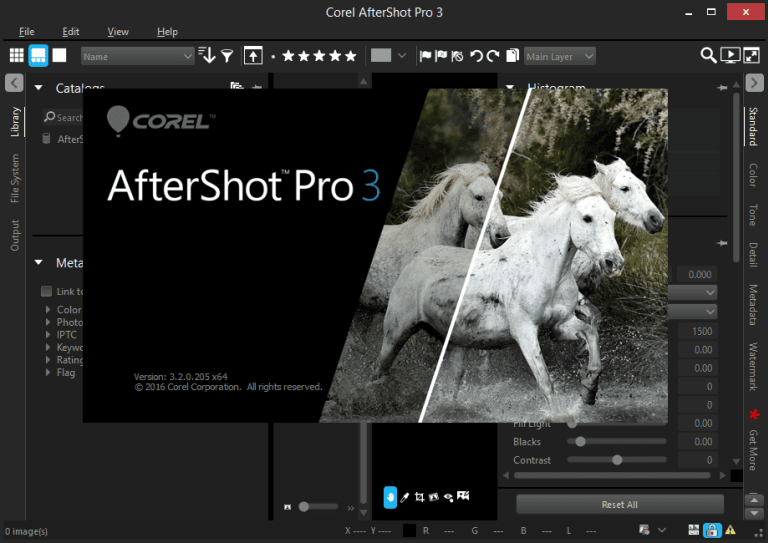

When applying adjustments in LR to a JPEG file you have only 256 levels to manipulate, which can cause stair-step artifacts (banding) in fine gradient areas such as sky. Raw files contain the "unmodified" 12 to 14 bit sensor data with 4,096 to 16,384 tonal levels. JPEGs use 8 bit data representing 256 tonal levels. This causes image detail in the darkest (shadows) and lightest (highlights) areas of the image to become compressed or even clipped (i.e. When a JPEG is created in-camera settings (camera styles) for contrast, saturation, white balance, noise reduction, and sharpness are applied to the raw data. Whether or not that causes a "quality" issue is dependent on the subject and the desired final rendering. What's different is the "quantity" of image data in JPEGs. There is no difference in image "resolution" (sensor pixel count), such as 5,616 x 3744. I take it that as long as the pixel count is the same, there is no difference in image quality. Jeffrey Friedl's Blog » An Analysis of Lightroom JPEG Export Quality Settings JPEG files generally will have no visible artifacts due to data compression when using LR Quality settings of 75 and higher as demonstrated here: The question I have is why the difference in file size when exporting from LR as a JPG, ( 1/2 of the original CR2 file size.Īs mentioned by dj_paige JPEGs use lossy compression, which can significantly reduce the file size.

I assume that that is the file size out of the camera if saving the photo in both SD slots. Your image in CR2 file is 3 x bigger than the original JPG file. I would like a simple answer if there is one. RAW has more advantages in editing than a JPG because it is 12 or 14 bits per pixel, while a JPG has 8 bits per pixel, so the RAWs give you more information to work with. This is due to the compression, which is layman's terms, takes several nearby pixels that are close to the same color but not exactly the same color, and represents them with a single color for these several pixels. No, JPGs have lower image quality than RAW (although in many cases, you might have difficulty seeing the lower image quality). And that the benefit of shooting in RAW is that one can make more adjustments than if it had been shot in JPG. Also JPGs are 8bit files while RAW are usually 12 bit or 14 bit files. they use compression to reduce the size of the file. Same pixel size but vastly different file sizes. I have in the past saved my shots in the camera as RAW and JPG. The question I have is why the difference in file size when exporting from LR as a JPG, ( 1/2 of the original CR2 file size. Why not simply Import the JPEG file into LR and do all your editing non-destructively? There's no need to convert the JPEG file to TIFF unless you need to use LR 'Edit in PS.' Lightroom uses a16 bit/color, ProPhoto RGB, Linear Gamma workspace for all images even when editing sRGB JPEG files. I realize that this will not be true 16-bit - no information is added to the image - but my impression is that it will withstand heavy editing better, and not end up with a comb-like histogram. If someone gives me a jpg to edit, I always save it as a tiff and convert to 16-bit, to minimize furhter deterioration. I've yet to see any compression artifacts using these settings and I am a pixel-peeper! I use LR JPEG Quality settings of 77-84% for outside printing and LR 62-69% for web posting. In reality there are only 13 Quality levels, which are the same as in PS. It's a wealth of information! LR's Quality settings range from 0% to 100% or 100 Quality levels. I suggest taking a look at the JPEG compression image tests on Jeffrey Friedl's Blog. I agree that 16 bit, ProPhoto RGB, TIFF Export files are best for "critical" work and when using 'Edit in Photoshop' from LR. I say "might" because it's still possible to get very good results using lower Quality setting JPEGs if you only re-save the file one (1) time after further editing. If you need to send the file to someone else for further editing who doesn't have LR then Exporting with 100% Quality setting might make sense. The camera file (or any other original JPEG file) is your "raw" unedited file inside LR. Unfortunately there are many cameras that only output JPEG format files. And it defeats the purpose of working with raw files if you export a jpg, and then edit it.Īgreed.

Jpgs should never be edited, except as a last resort.


 0 kommentar(er)
0 kommentar(er)
